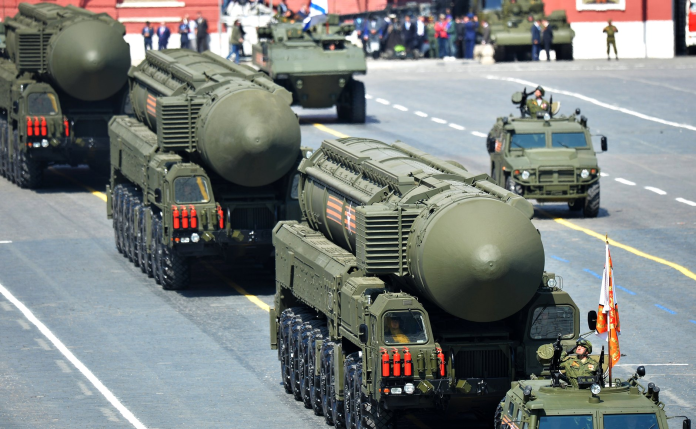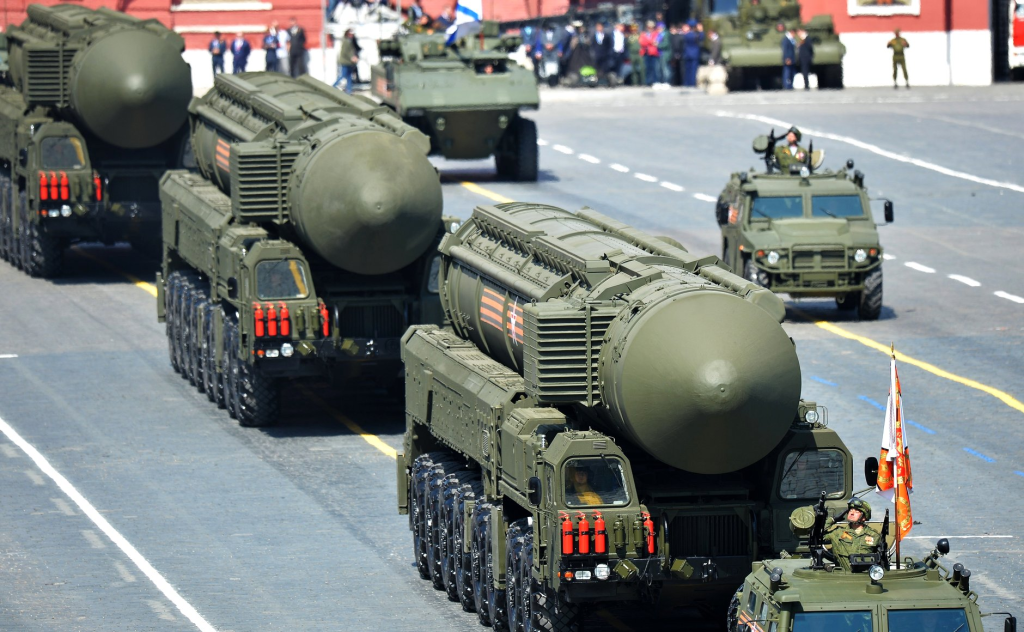
The latest nuclear threat of Russia against Britain is part of a calculated signalling within a great strategy of deterrence, coercion, and capability demonstration. On state television, retired colonel Mikhail Khodaryonok laid out what Moscow described as an “overwhelming” response if NATO supplied Ukraine with long-range weapons, including air-and sea-launched cruise missiles against the Western European military-industrial base. This warning has come amidst leaked documents revealing that Russia purchased dozens of nuclear-armed Kalibr missiles in an effort to keep escalation fears alive.
The context is stark: the war in Ukraine has already seen Russia deploy advanced systems such as the Kinzhal and Tsirkon; Western intelligence assesses that nuclear risk rises when Moscow is facing battlefield setbacks. In the view of defence analysts, capability, doctrine, and signalling all play into how such threats may translate to actual action-and how the calculus for NATO’s response is determined by them.
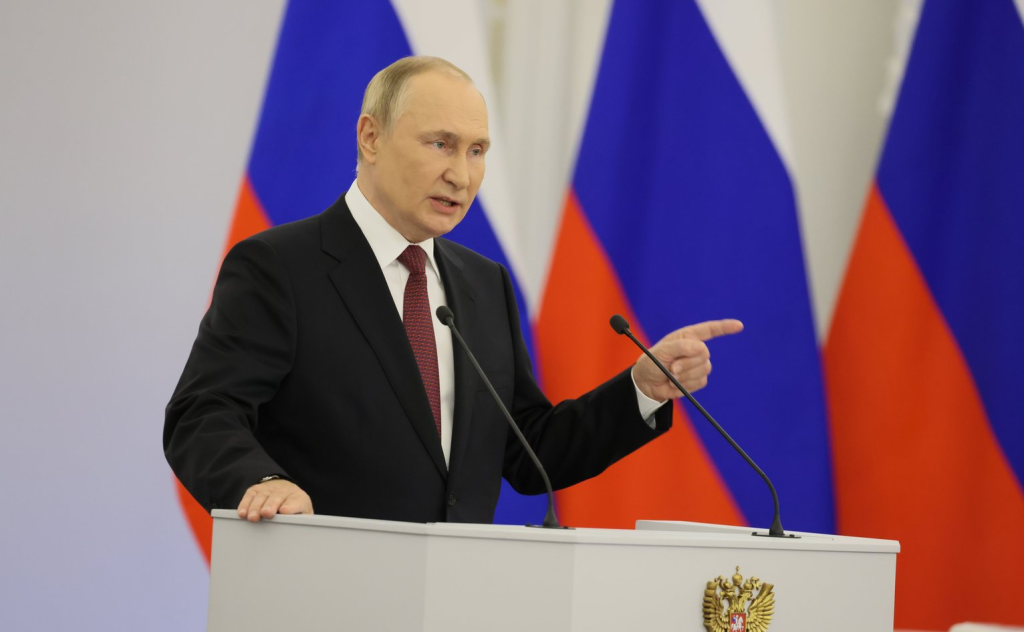
1. Khodaryonok’s Escalation Blueprint
On Russian state media, Mikhail Khodaryonok underscored the surprising feature, large-scale scope, and long duration any nuclear or strategic strike should be cloaked in. He referred to President Vladimir Putin’s statement that the supply of Ukraine with long-range weapons would get an “overwhelming” response. Targets will include Western European military-industrial facilities with a view to forestall retaliation. This public articulation seems opposite to the doctrinal secrecy in preparation and shock in execution espoused by Russia.
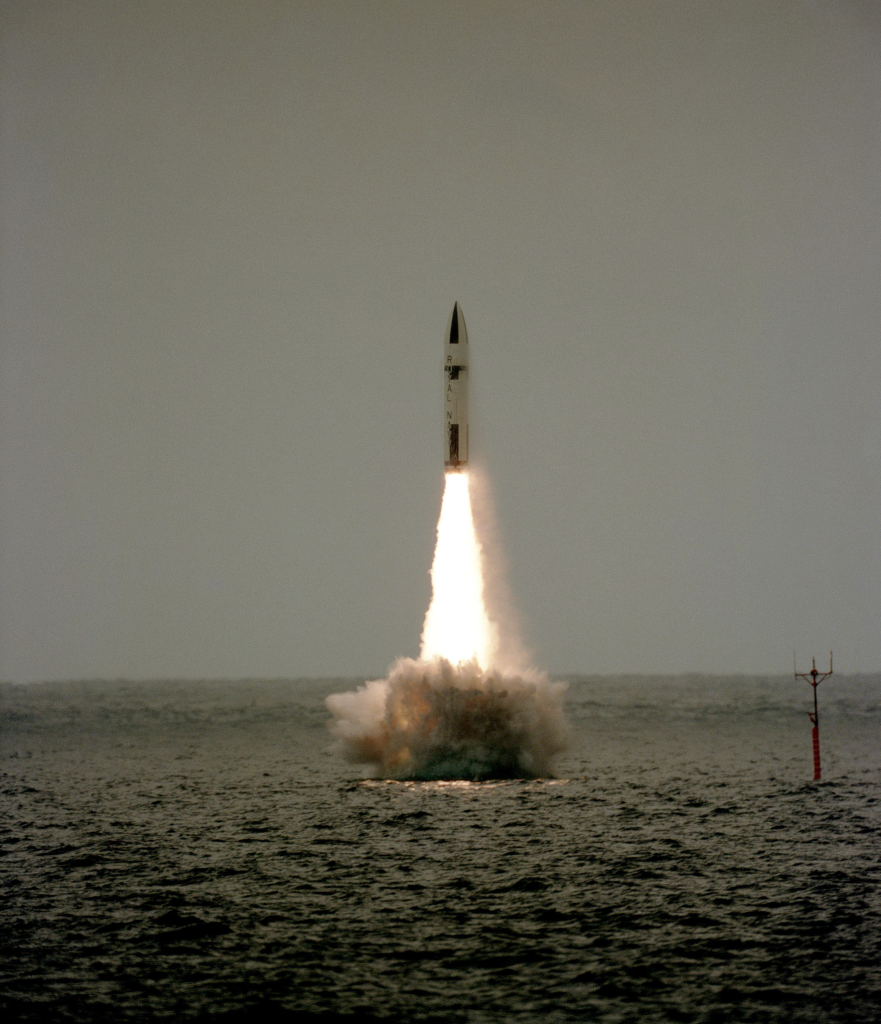
2. Demonstrative Nuclear Strikes at Sea
He suggested that “demonstrative nuclear strikes” over maritime areas would be a display of total resolve. Such actions, by design, do not create mass casualties immediately and hence fit into escalation management theory: showing capability and intent without crossing into full-scale nuclear exchange. According to analysts, this may be a prelude to the use of tactical nuclear weapons should deterrence not be achieved.
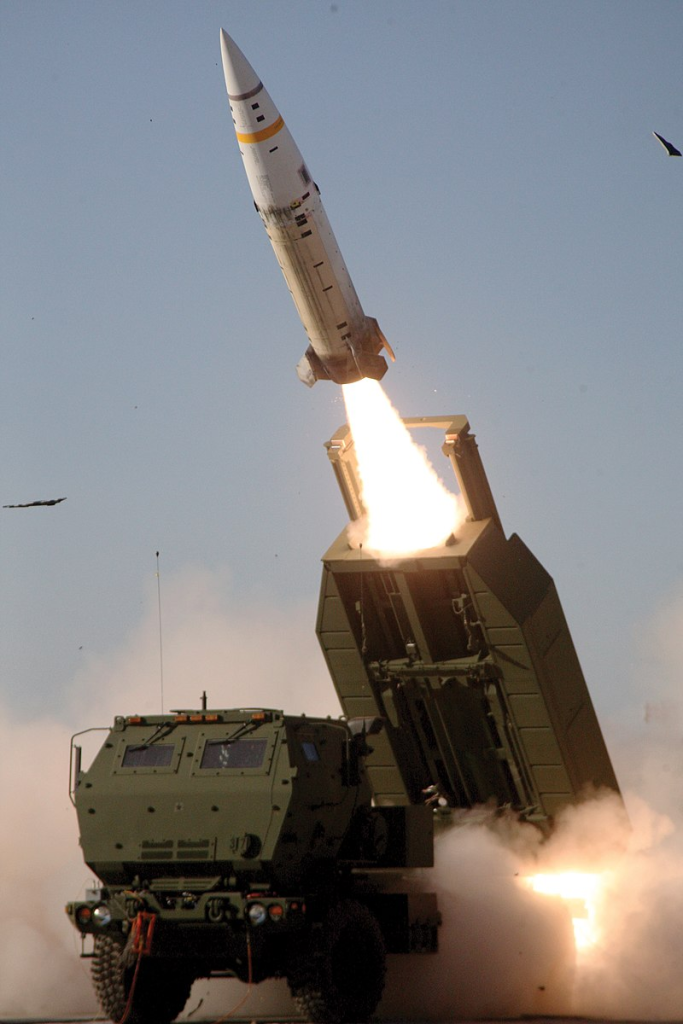
3. Tactical Nuclear Use in Ukraine
If the demonstrative strikes do not work and a strategic effect is not reached, Khodaryonok went on to suggest the use of tactical and operational-tactical nuclear weapons on Ukrainian territory. This fits within Russia’s 2020 nuclear doctrine, which lists aggression threatening “the very existence” of the state as a trigger. Experts caution that battlefield use would seek to shock NATO into halting support, but carries a high risk of uncontrolled escalation.
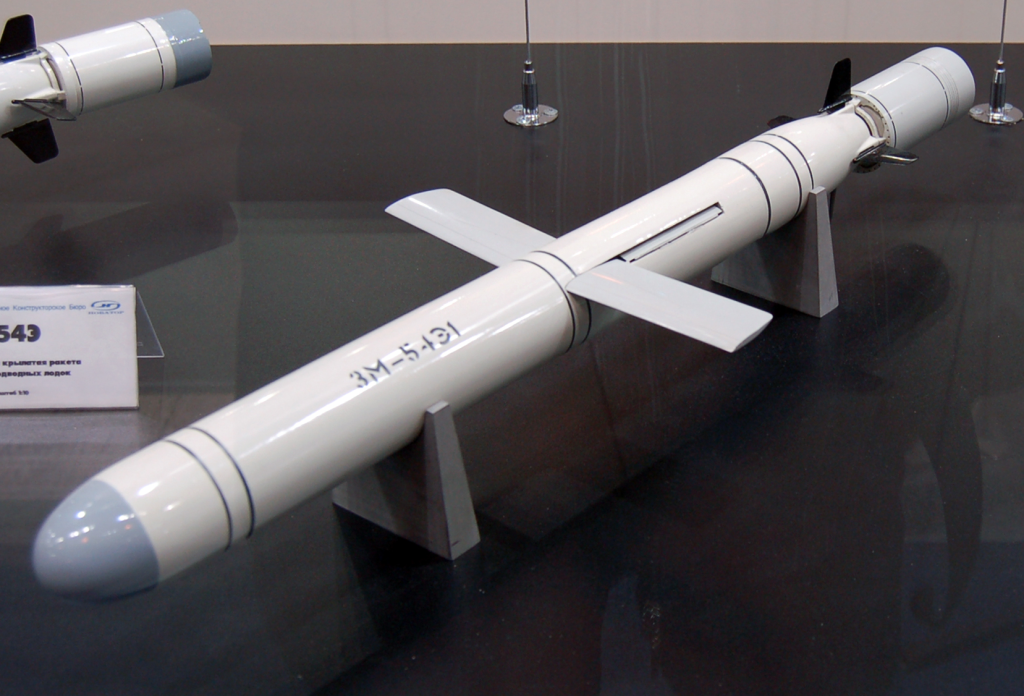
4. Procurement of Nuclear-Armed Kalibr Missiles
Leaked contracts have surfaced showing that Russia ordered 56 3M-14S Kalibr missiles with nuclear warheads from Novator Design Bureau, with delivery between 2024–2026. These sea-launched land-attack missiles have ranges from 1,500 to 2,500 km, fly at low altitudes, and are hard to intercept because of GPS plus terminal radar guidance. Their wider deployment on frigates, corvettes, and submarines will expand strike options deep into NATO territory.
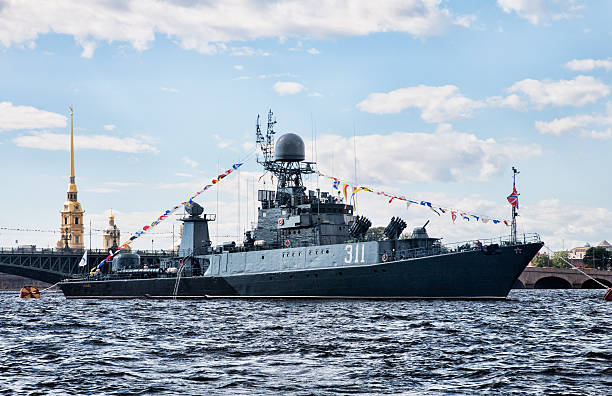
5. Kalibr’s Role in Strategic Messaging
The employment of Kalibr in Syria from small Buyan-M corvettes demonstrated long-range precision from modest platforms. According to the U.S. Office of Naval Intelligence, the proliferation of Kalibr capability across the fleet “profoundly” changes Russia’s ability to threaten distant targets. Currently, a nuclear-armed order shows the intention to integrate this capability into strategic deterrence.
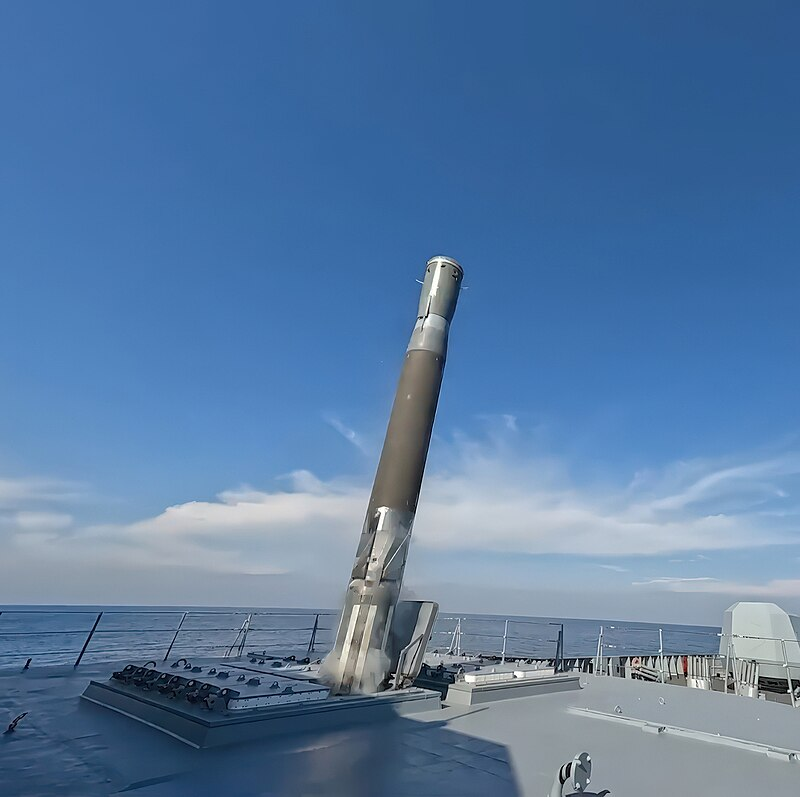
6. Hypersonic Systems in Combat
Both the Kinzhal aeroballistic missile and the Tsirkon hypersonic cruise missile of Russia have been fielded in Ukraine. The former has been intercepted by Patriot batteries, but the higher manoeuvrability and speed of Tsirkon make it harder to counter. Dual-capable, both systems are used in combat to test performance, refine tactics, and signal technological edge.
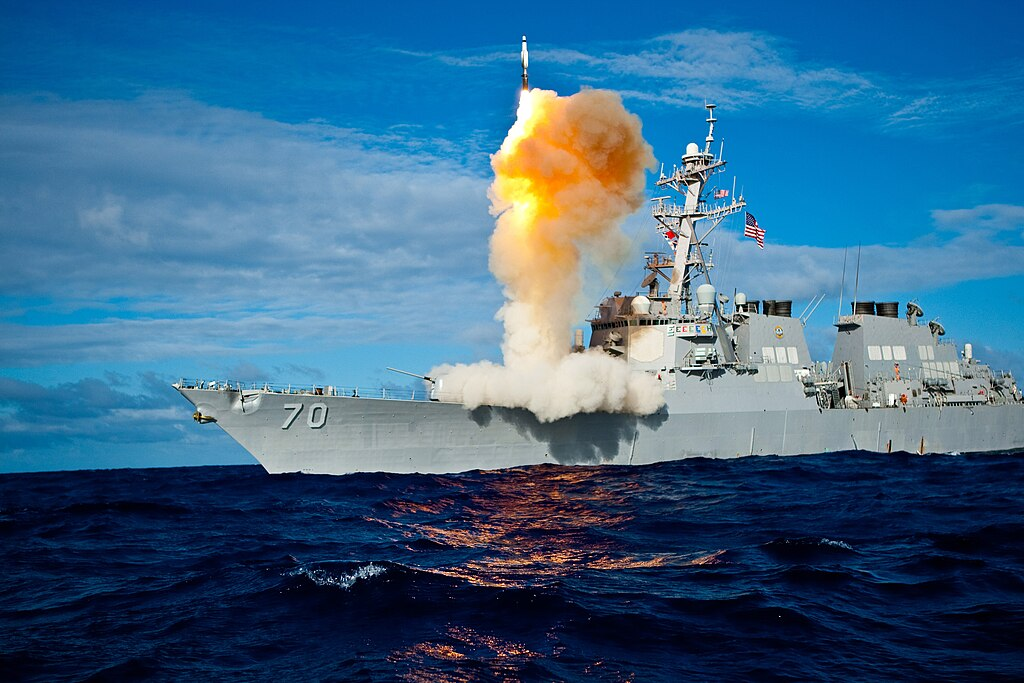
7. Escalation Management Doctrine
The goal of Russian escalation management is the termination of conflicts on favourable terms, via strikes against critical infrastructure or capabilities that are existential in nature. Strategic non-nuclear weapons could be employed against NATO missile defences, such as the Tsirkon or Avangard, to degrade deterrence-by-denial. Battlefield performance in Ukraine is more mixed, which tempers invulnerability claims.
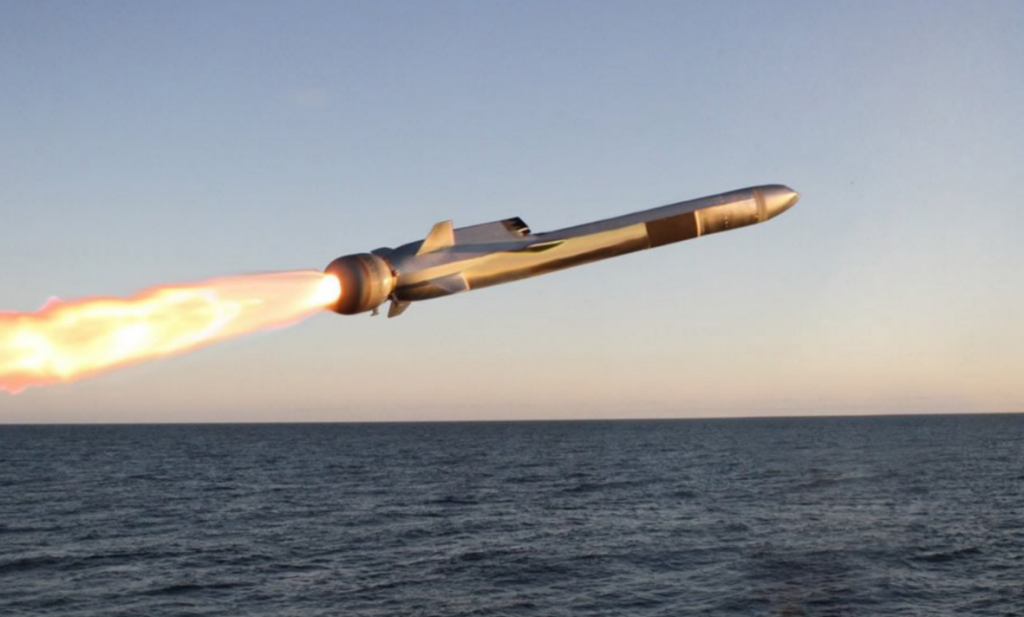
8. Naval Strike Options
The main purpose of Tsirkon will be to destroy enemy surface ships carrying advanced air defences, including the carrier groups. The Poseidon unmanned underwater vehicles, which are still in development, provide a ‘doomsday’ capability of radioactive tsunamis offshore. Both systems, if fielded, will complicate NATO’s maritime posture in the North Atlantic and Arctic.
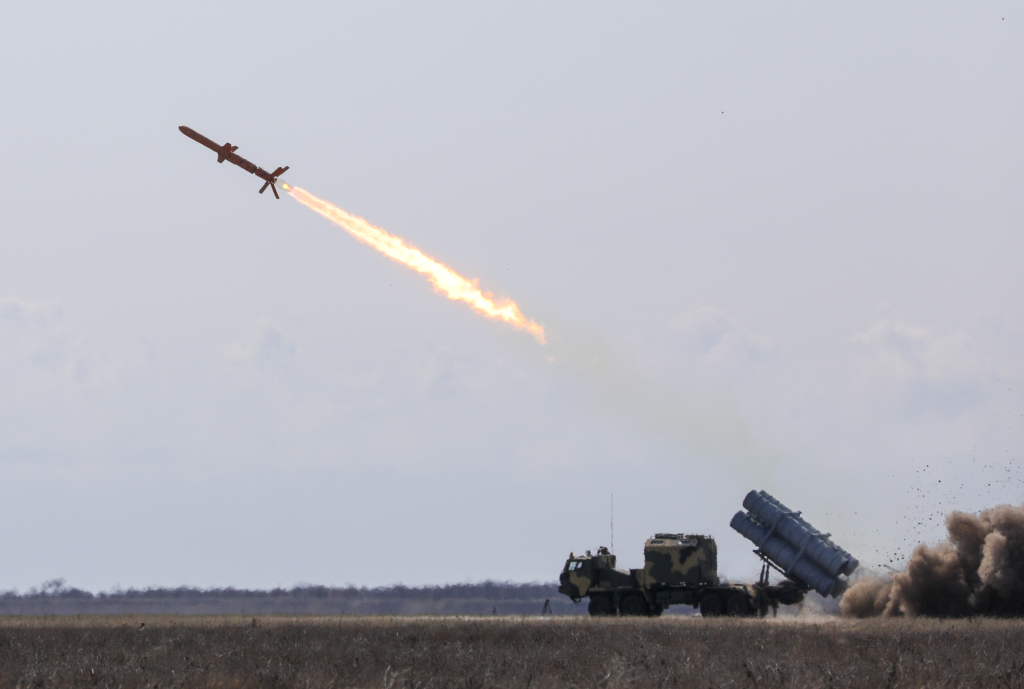
9. Cruise Missile Proliferation Risks
The relatively low cost, concealability, and precision of cruise missiles provide great potential for being used as a WMD delivery system. Analysts predict some containerised launchers, or covert deployment on civilian vessels, could avoid early warning systems. The Missile Technology Control Regime seeks to limit the spread, but dual-use components such as GPS and turbofan engines are available in great numbers.
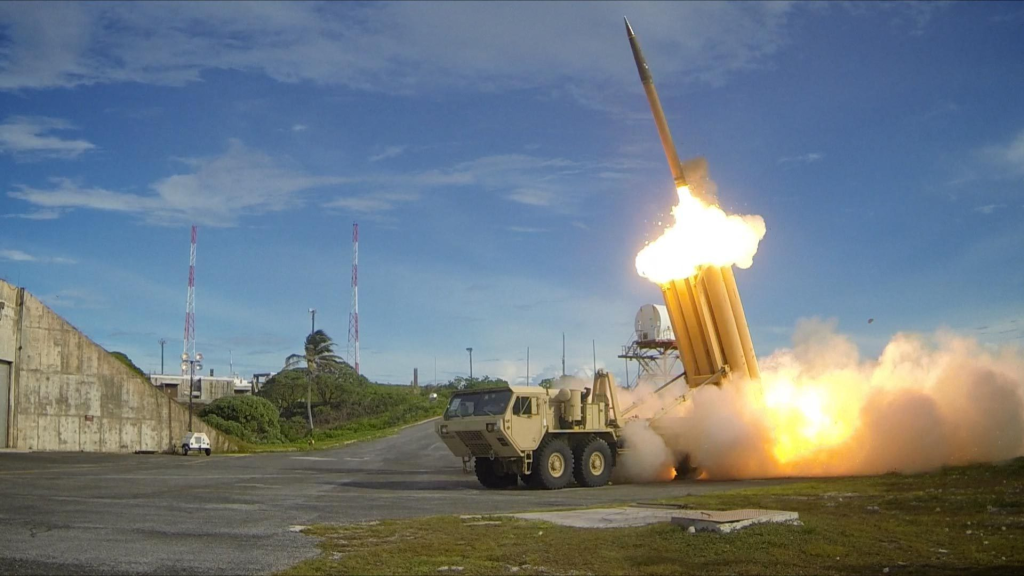
10. NATO’s Countermeasures
These threats are partly offset by NATO investments in advanced missile defences such as THAAD and SM-6 interceptors, along with the Hypersonic and Ballistic Tracking Space Sensors. Forward-deploying Patriots and SAMP/T systems may suffice to defend critical assets against land-based Tsirkon or Kalibr strikes. Credible retaliation capability remains central to deterrence against Russian nuclear escalation.
The warning of a nuclear strike against the UK is part of a broader pattern which Russia has followed: combining advanced system procurements, doctrinal signalling, and combat testing in support of deterrence and shaping adversary behaviour. For NATO, the challenge will be balancing escalation risks with the need to deny Moscow strategic gains. Over the coming years-as nuclear-armed Kalibrs enter service and hypersonic systems, the alliance’s ability to adapt its defences and deterrence posture to a threat environment where speed, precision, and political signalling are as decisive as raw destructive power will be tested.
